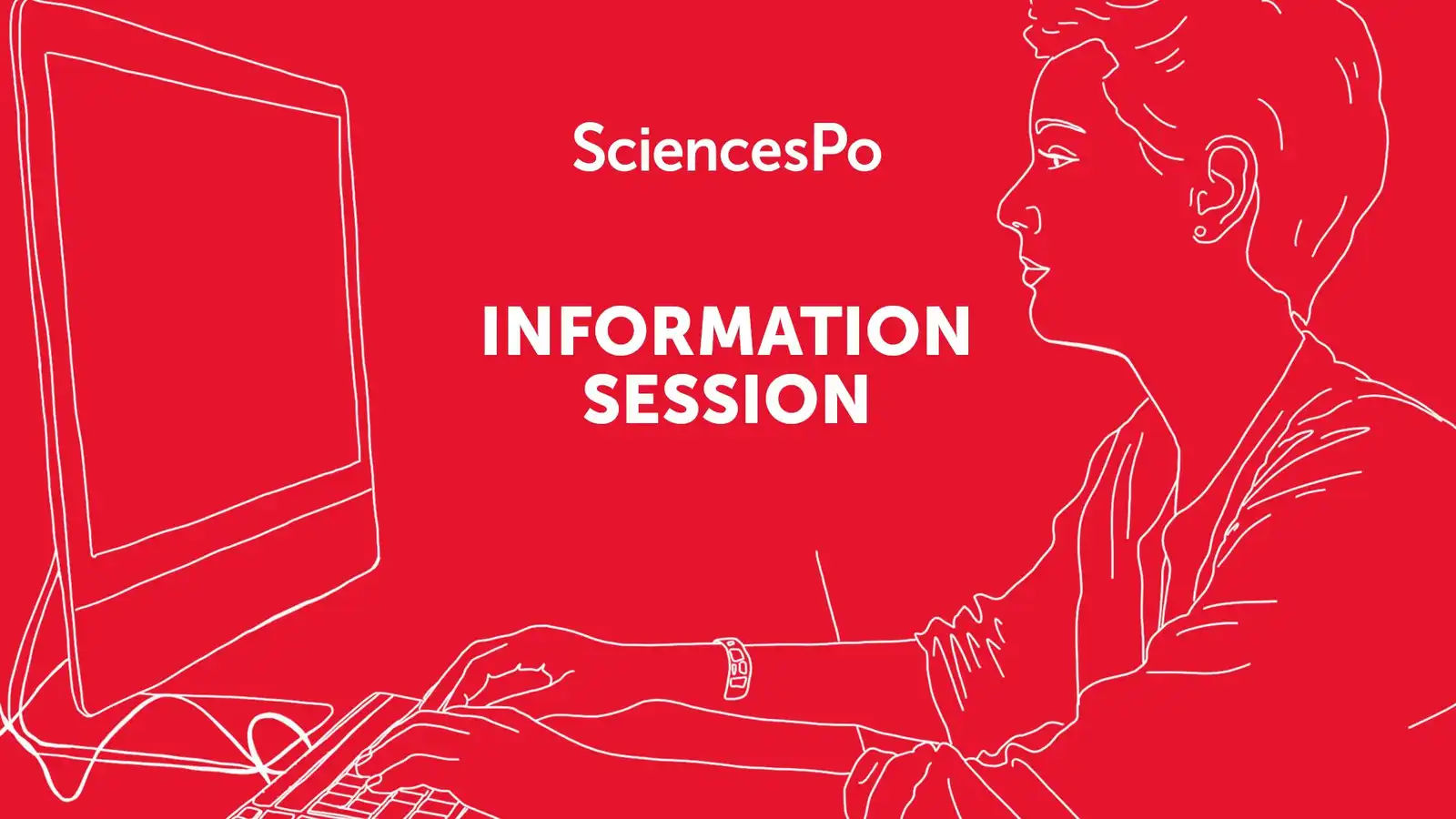Home>Interview with Jeanne Varaldi

30.11.2023
Interview with Jeanne Varaldi
Interview with Jeanne Varaldi, host of the events series "Dessiner la ville: faire place aux artistes dans la fabrique urbaine", with the Urban School and the Maison des Arts et de la Création of Sciences Po. Find out more about “Dessiner la ville”.
Could you tell us a little about your background?
I'm an urban planner by training and an artist by conviction. I am a graduate of the Urban School and initially worked as a consultant for several territories and urban players. It struck me that the city is an eminently familiar subject, but it is conceived and operated by an ecosystem of experts. Art opened a field of research and experimentation for me: how can we change how we look at the city to make it a common playground? I'm guided by Henri Lefebvre's conceived, perceived, and lived space analysis. I explore perceived and lived space.
Could you tell us about your artistic projects and protocols?
My artistic approach questions the social "already here" with simple questions such as: what have been the histories lived here? What are the life paths of the people who pass through this space? In June 2023, I carried out a project in a former maternity hospital undergoing renovation in the 13ème arrondissement. I tracked down the nursing staff, collected their stories and anecdotes, and then inscribed them on the walls and floor for a temporary exhibition. The snippets of conversation cut through the space, and these real-life stories almost became architecture. I carried out a similar investigation at the Fort d'Aubervilliers, this time collecting debris that bore witness to the site's history: car wreck, military compound, workers' garden... The installations I propose are always an invitation to wander. Visitors pass through these stories and can conduct their investigation. These approaches resonate with Georges Perec's quote: "Space is a doubt: I must constantly mark it, designate it; it is never mine, it is never given to me, I must conquer it. This part of my practice is a form of relational art concerned with our places of attachment and how space connects us.
Why does art have a place in urban planning?
I return here to Henri Lefebvre, who clearly shows that the space designed by urban planners and city professionals necessarily encounters the space perceived and experienced by residents. Art gives us the tools to dialogue with these perceived and experienced spaces. Today, there are schemes such as the 1% art scheme and the "one building, one work" program. I think we can go further and integrate artistic projects into the urban diagnosis phase to work on the history of a place, enhance the value of what residents have to say, and so on. I'm convinced that art produces knowledge, and that research-action will develop on the ground. Bruno Latour himself was an enthusiastic advocate of cross-disciplinary approaches involving artists.
What message would you like to get across through this series of conferences?
During this series of event, we'll open a space for reflection and conversation. The central question is: how do we make room for artists in the urban fabric? We'll look at the artistic process, its contribution to urban projects, and the production and working spaces artists need. We'll be visiting 6b in Saint-Denis. The aim is to equip students and city professionals interested in the subject. The final meeting, conceived as a "toolbox," will focus on local initiatives where art has been given pride of place. There are already many projects at the crossroads of the arts and territories which are gaining visibility.
(credits: Quentin Chevrier)
Information Sessions: Masters

Find out more about the Masters programs and the wide choice of specialisations offered by the 8 Schools of Sciences Po during our webinars dedicated to applicants.